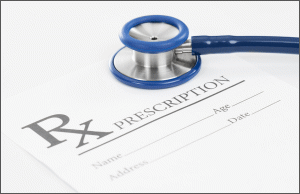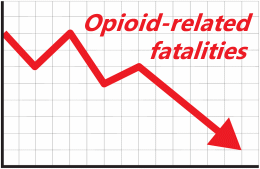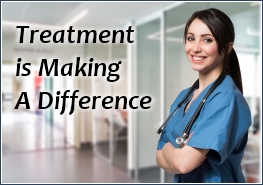 There are plenty of illegally manufactured medications of unknown origin currently flooding the country. In addition to heroin, methamphetamines, and other highly addictive substances, common prescriptions for managing psychiatric disorders are now accessible on the street as well.
There are plenty of illegally manufactured medications of unknown origin currently flooding the country. In addition to heroin, methamphetamines, and other highly addictive substances, common prescriptions for managing psychiatric disorders are now accessible on the street as well.
Often these seemingly “legit” meds are manufactured outside of the U.S. where they are not subject to FDA oversight. Some of them are laced with fentanyl as is now occurring with street opiates, cocaine, and ecstasy.
Fentanyl availability is becoming widespread and creating an epidemic of accidental overdoses. News of fentanyl drug busts are being reported with increasing frequency since U.S. law enforcement and border patrol have stepped up their efforts to confiscate this deadly drug before it hits the streets.
It is important to remember that medications provided by methadone clinics and buprenorphine-approved doctors are beneficial drugs that are carefully formulated by pharmaceutical companies operating under FDA guidelines and safety checks. Please, only take medications prescribed by your doctor.
Every OTP (opioid treatment program) clinic and prescribing physician aim to custom fit the medication and dosage that will best treat your opioid use disorder. Self-medicating with drugs obtained on the street is highly dangerous. Your recovery success depends on you believing in your treatment team and relying upon their medical expertise, and their administration of safe, approved medications designed to manage your opioid withdrawal symptoms.

 Follow
Follow

 Various news outlets are reporting new statistics which indicate deaths from opioid overdose are beginning to go down.
Various news outlets are reporting new statistics which indicate deaths from opioid overdose are beginning to go down. There is a great article in the
There is a great article in the 


